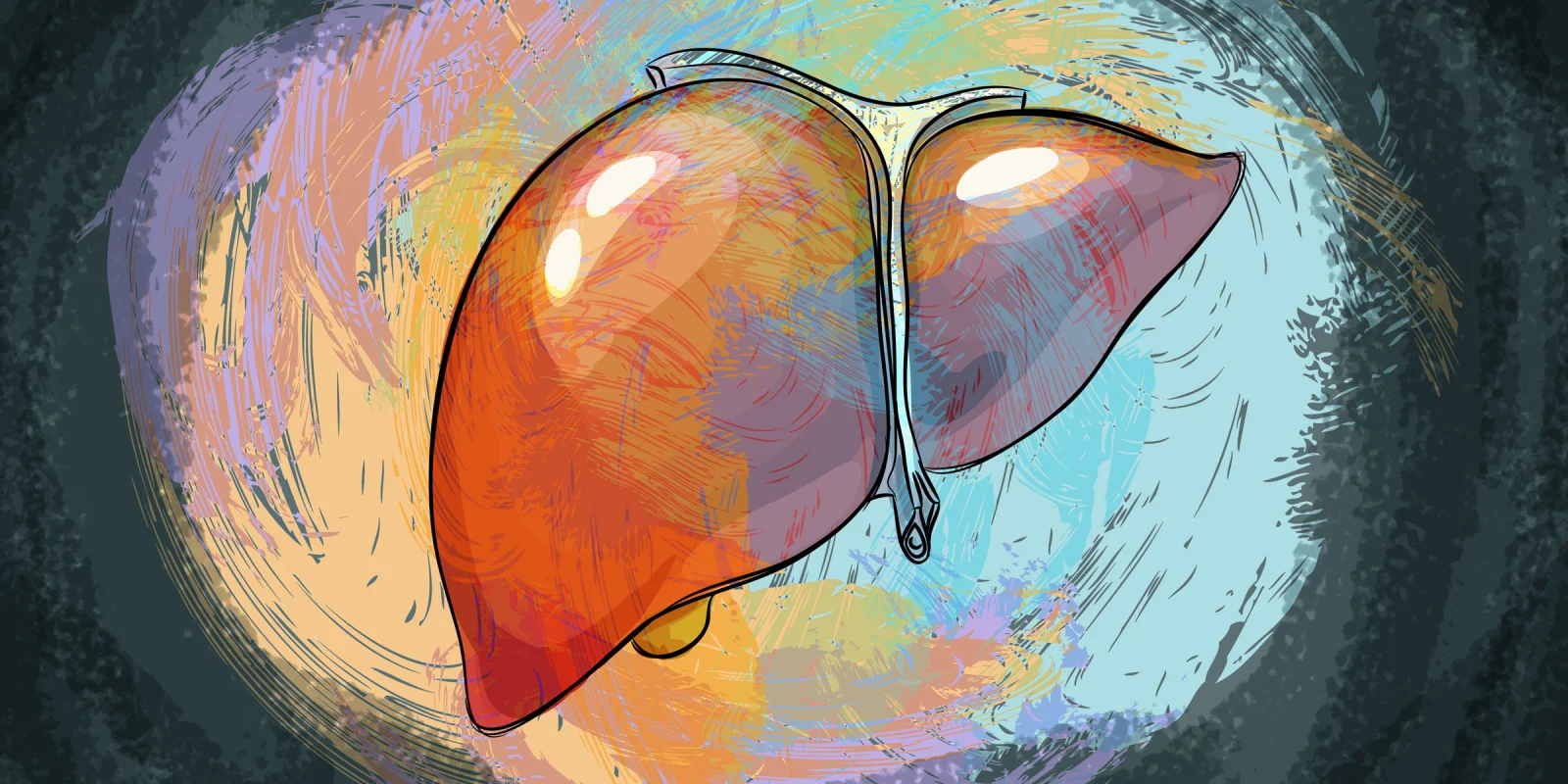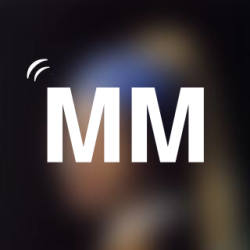Thousands of the world’s liver afficionados descended upon Boston, Massachusetts Nov 9-14, 2023 for AASLD’s The Liver Meeting. I attended my first AASLD annual meeting in 1993 and have never missed one, so this marks the 30-year anniversary of my attendance. According to an internet search of appropriate anniversary gifts, I am supposed to get a gift made of pearls from AASLD (ahem, still waiting). Below is a brief recap of the best and worst the meeting from my perspective.
Steatotic liver disease, not surprisingly, was the behemoth of the meeting. There was much discussion and education about the new nomenclature, which was adopted via the Delphi process to remove any stigma associated with the word “fatty” and to more closely highlight the tight association with features of metabolic dysregulation. For those of you who are not yet “in the know,” here is a brief summary of the new terminology:
SLD (Steatotic Liver Disease)= includes both alcoholic and what was formerly known as non-alcoholic fatty liver disease
MASLD (metabolic dysfunction-associated steatotic liver disease) = formerly called NAFLD (Nonalcoholic fatty liver disease)
MASH (metabolic dysfunction-associated steatohepatitis)= formerly called NASH (Nonalcoholicsteatohepatitis)
MetALD (Metabolic Alcoholic Liver Diseases, pronunciation: Met A-L-D) = MASLD with consumption of alcohol (140 g/week and 210 g/week for females and males respectively)
ALD (Alcoholic associated liver disease) = encompasses all forms of alcoholic steatotic liver disease
Cryptogenic SLD (cryptogenic steatotic liver disease) = those with unclear etiology of liver disease but risk factors for MASLD and a negative evaluation for other forms of chronic liver disease. This applies mostly to patients with cirrhosis, likely to due MASH in which the fat has resolved on biopsy, formerly called presumed NASH.
New potential treatments for MASH were on everyone’s radar, with new data from thyroid hormone receptor beta agonists piquing everyone’s interest with up to 50% reductions in liver fat content. SGLT2 inhibitors were also associated with reduced risk of liver outcomes, and a triple hormone receptor agonist (GIP, GLP-1, glucagon) led to 23% weight reduction and > 60% fat reduction in the liver. This is just a small sampling of the new therapeutic targets in MASLD.
The tsunami of SLD cases anticipated to arrive on their doorsteps has hepatologists quaking in their boots, with several analyses at the meeting demonstrating that we are not equipped to evaluate and treat 25% of the U.S. population estimated to have MASLD and the rapidly rising number of patients (especially younger females) with ALD. A fun section of the meeting is always the fellows’ debate, where this year fellows from UCLA and Montefiore battled over the question of whether an early stage MASLD patient should be followed by hepatology or primary care. Both sides gave outstanding arguments, but in the end the team advocating for primary care won the debate.
Viral hepatitis may have conceded its top spot at the meeting to MASLD, but it is clear we still have a long way to go to eradicate this giant in the field of hepatology. Sobering statistics were shared that the prevalence of HCV in the U.S. has not dropped, which illustrates that our cures are not keeping up with the opioid pandemic and rise of new infections. Using home-based HCV treatment for patients in opioid treatment clinics and was more effective than the traditional referral to treatment pathway, which just shows that we need to get more creative about our delivery of HCV care, and quickly. Hepatitis B eradication is also still outside our grasp, although new therapies with siRNA and anti-sense oligonucleotides are under investigation. New data emerged that treating HBV patients with high viral load and minimal ALT elevation may be helpful, a group in which treatment benefit was previously unclear.
Primary biliary cholangitis, a rare cholestatic autoimmune liver disease that usually occupies very little real estate at this meeting, rose to the top of everyone’s consciousness at this year’s meeting. Phase 3 data from two different PPAR agonists were presented, both showing outstanding biochemical efficacy and safety in persons who have an inadequate response to ursodiol alone.
The exhibit hall was busting with activity from pharmaceutical giants, smaller companies with innovative technologies, patient support groups, and academic institutions. Gone are the days of bags full of free swag, but the exhibit hall has become a rich source of new information if you are willing to take the time to ask questions and think critically.
Another highlight, albeit non-scientific, of the meeting was the general election for the governing board. Of four open positions, all were filled by women! Kudos to the entirety of the association’s members who recognized the talent and hard work of these leading ladies, in contrast to the past 30 years of male-dominated government.
On the flip side, I would be remiss not to mention that every single person I met criticized the meeting’s phone app, which was released way too late for people to plan their schedules, was far too limited in the ways that information could be accessed, and was critically missing a search bar. As a veteran attendee, I found myself longing for the old resource-heavy paper programs that at least had all the information you needed at your fingertips. Note to people planning large meetings: choose your app developer wisely if you do not want to hear lots of cursing.
Overall, the meeting was a huge success due to the high quality of science presented. My only real regret was getting the sniffles on my departure day and testing positive for COVID-19 after I got home (despite getting the new vaccine a month ago). In retrospect, it is not surprising. I went mask-less, shook over a hundred different hands, sat in some tightly packed meeting rooms, and attended the members’ reception which resembled an elegant mosh pit in many ways. I am still waiting to see what variant I got, but given the international presence at that meeting, it could be just about any of them. Just a final word of caution for others who may be attending medical conferences in the near future and hoping to stay disease free for the holiday season: the N95 is still in style!
Dr. Mayo has no conflicts of interest to report.
Image by LEOcrafts / Getty Images







